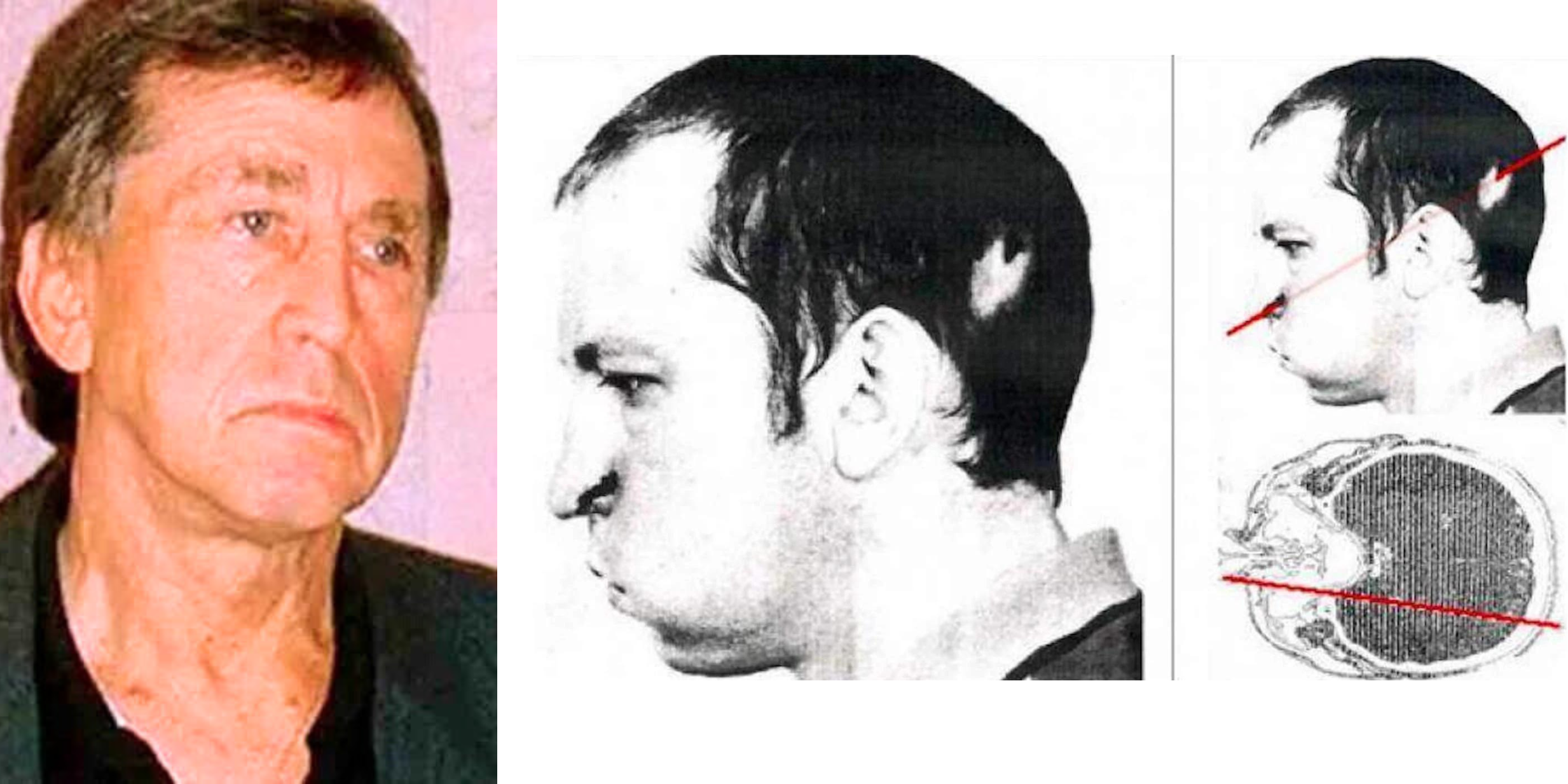As a doctor and someone fascinated by medical anomalies, few cases intrigue me as much as that of Anatoli Bugorski. His story is one of resilience, scientific curiosity, and sheer medical improbability. Bugorski is the only known person to have survived direct exposure to a particle accelerator beam—an event that should have been instantly fatal. So how did he survive? Let’s unravel this medical mystery.
Who Is Anatoli Bugorski?
Anatoli Bugorski was a Soviet scientist working with the U-70 synchrotron particle accelerator at the Institute for High Energy Physics in Russia. On July 13, 1978, an accident occurred that would change his life forever. While inspecting a malfunctioning part of the accelerator, his head inadvertently passed through the beam path. The proton beam, traveling close to the speed of light, entered his skull through the back of his head and exited near his nose.
Why Should This Have Been Fatal?
To understand why Bugorski’s survival is astonishing, we need to grasp the severity of what happened:
- The proton beam delivered an estimated 200,000 to 300,000 rads of radiation to his brain.
- For context, 500 rads is considered lethal for humans.
- The energy was enough to ionize molecules, damage DNA, and cause immediate, irreparable tissue destruction.
Immediate Effects of the Proton Beam Exposure
Despite receiving such an intense dose of radiation, Bugorski did not die instantly. However, he experienced severe symptoms almost immediately:
- He reported seeing a bright flash, “brighter than a thousand suns.”
- Swelling quickly developed, and the exposed side of his face became paralyzed.
- Skin and tissue on his face began deteriorating due to radiation burns.
- Doctors anticipated his rapid demise within days or weeks due to radiation poisoning.
The Astonishing Recovery
Against all odds, Bugorski did not succumb to the radiation exposure. Instead, he defied medical expectations in ways that remain mysterious even today:
- His mental faculties remained intact.
- He eventually regained some function, though the left side of his face remained paralyzed.
- He continued working in physics, even completing his PhD.
How Did Bugorski Survive?
While there is no definitive answer, several theories explain his survival:
- Localized Exposure: Unlike whole-body radiation exposure seen in nuclear disasters, the beam only affected a narrow pathway through his head.
- Rapid Cell Death Preventing Further Damage: The extreme energy destroyed tissue so fast that it might have prevented secondary radiation damage.
- Medical Care and Natural Resistance: Soviet doctors closely monitored him, and it’s possible that his individual biology played a role in mitigating radiation effects.
The Long-Term Effects
Bugorski did suffer lasting consequences:
- Hearing loss in his left ear.
- Seizures developed years later, requiring lifelong management.
- Permanent facial paralysis on the left side due to nerve damage.
Final Thoughts
Anatoli Bugorski’s survival remains one of the most astonishing medical mysteries in history. His case challenges what we understand about high-dose radiation exposure and human resilience. While the event was tragic, Bugorski’s endurance serves as a testament to both scientific curiosity and the unpredictable nature of the human body.
Do you find medical mysteries like this fascinating? Share your thoughts below!



